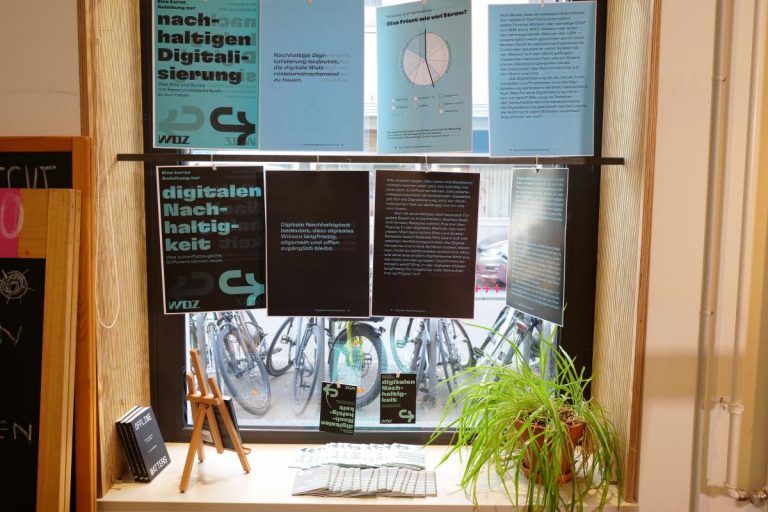Can Russian Wikipedia go offline?
John Spencer, a former US Army Major, is the Chair of Urban Warfare Studies at the Madison Policy Forum. When Russian troops invaded Ukraine and started to get bogged into a gruelling siege at Mariupol, he decided to help the best way he could: by getting his urban warfare manual translated to Ukrainian and hope for it to reach those who would need it most. Two weeks into the offensive, the booklet – a 76 pages-long guide covering the best uses of urban terrain for defence, ambushes and generally holding out against a superior force- was available for all to download from his website.
Please hide what the government does not want you to see
1,200km north of Mariupol, in Moscow, the Russian government was stepping up its fight against the free exchange of information: Twitter, Facebook and Youtube had been suspended, and Roskomnadzor, the telecommunications authority, had issued a stern warning to the Wikimedia Foundation that it should rename all articles discussing the war in Ukraine on the Russian version of the encyclopedia as a “Special Military Operation”. Lest the non-profit wished to follow in the tracks of its bigger western social media peers and be blocked from access in the country.
A day after John’s announcement, and a day after Roskomnadzor’s thinly veiled threat, both had turned to Kiwix for a distribution method that could bypass censorship or the lack of connectivity.
The 29Gb file that contains the entire Russian Wikipedia (a little under two million entries) can be stored on most low-end devices. By mid-March, the archive -which is updated every month directly from the Wikimedia Foundation’s data dumps- was being downloaded more that 5,000 times a day, up from 200/day less than a month before. As for John’s content, after much internal discussions it ended up not being distributed via Kiwix. Its content was felt to be too violent by organization’s Board. Other resources, mostly centred around tending wounds and combat medical care, were added to the catalog instead.
Is this really a connected world?
Half of the world’s population, in 2022, still has very little connectivity. Basic mobile networks are almost everywhere, but this does not mean that people can afford data plans, or that such networks support more than basic voice and SMS data. And then there’s been COVID, sending 800 million kids at home where many had no internet access.
No money, no infrastructure, no freedom: there are many reasons why, today, offline internet as it is called is very much needed. It took thirty years for the web to reach the richest half of the world, and seeing how satellite-based universal connectivity is currently pitched at $4,500 a month, real universal access probably won’t happen tomorrow.


